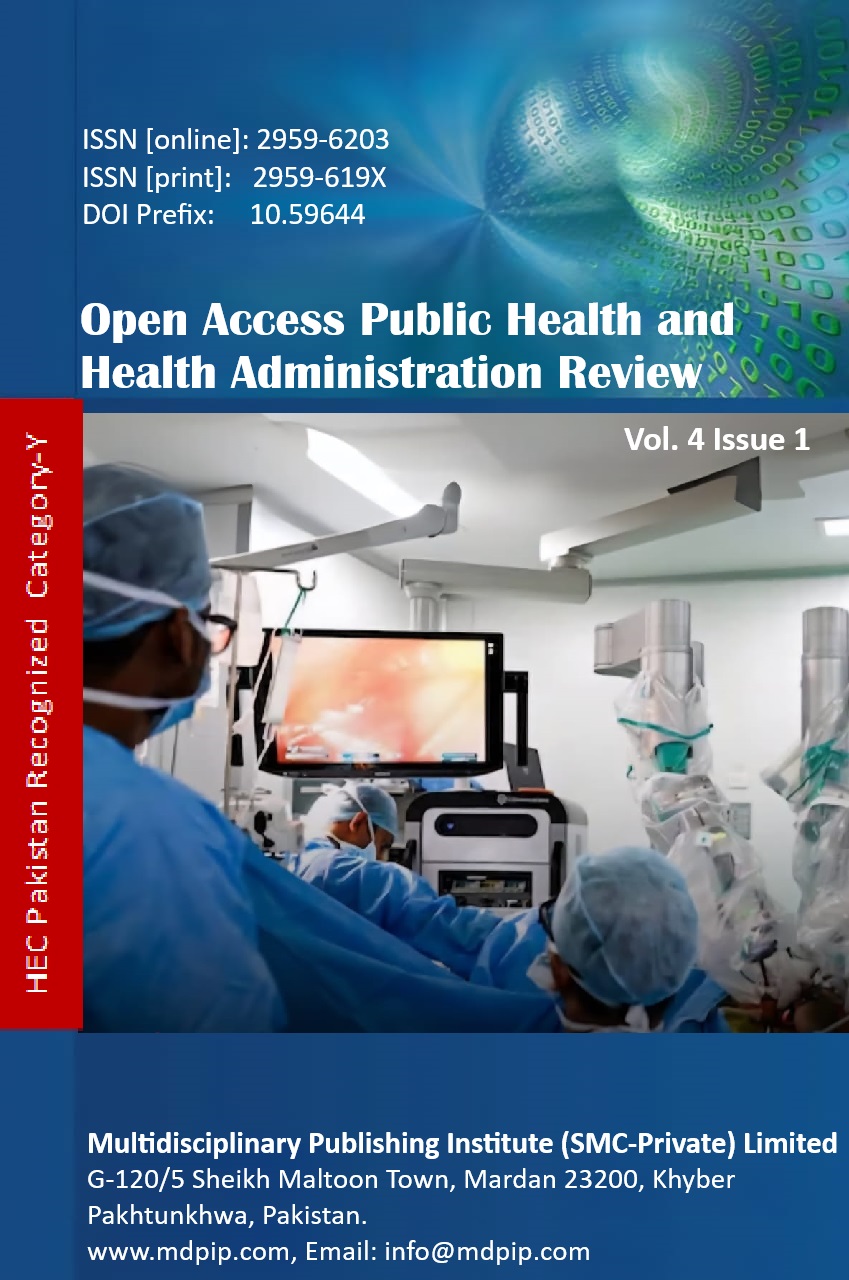Global Strategies for Combating Antimicrobial Resistance through the One Health Approach: A Mini Review
DOI:
https://doi.org/10.59644/oaphhar.4(1).191Keywords:
One Health, Antibiotic, Antimicrobial Resistance, Hazard, Public HealthAbstract
The introduction of antibiotics revolutionized medicine by significantly reducing the burden of bacterial infections. However, antimicrobial resistance (AMR) has emerged as a major global health and economic challenge. AMR arises primarily from the misuse and overuse of antimicrobials in human health, agriculture, and animal husbandry. It leads to treatment failures, prolonged illnesses, and increased mortality. The One Health approach, which integrates human, animal, and environmental health, provides a comprehensive framework for addressing AMR. The extensive use of critically important antimicrobials such as fluoroquinolones, cephalosporins, colistin, tetracyclines, and macrolides in food-producing animals is a key driver of resistance. Prudent antimicrobial use, infection prevention, and enhanced hygiene are vital in human healthcare. In animal agriculture, reducing prophylactic and growth-promoting antimicrobial use is essential. Surveillance systems help track resistance trends across sectors. Internationally, the WHO-led Global Action Plan (GAP), supported by the FAO and WOAH, emphasizes antimicrobial stewardship, resistance surveillance, and policy harmonization. At the national level, countries implement National Action Plans (NAPs) that promote public awareness, antimicrobial regulation, and research into alternatives. Tackling AMR requires a coordinated multisectoral response. The One Health approach embedded in both national and global strategies is crucial for preserving the efficacy of antimicrobials and safeguarding health across species and environments.






